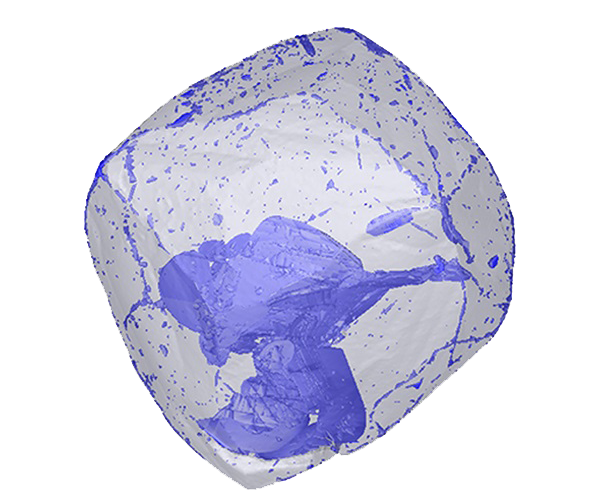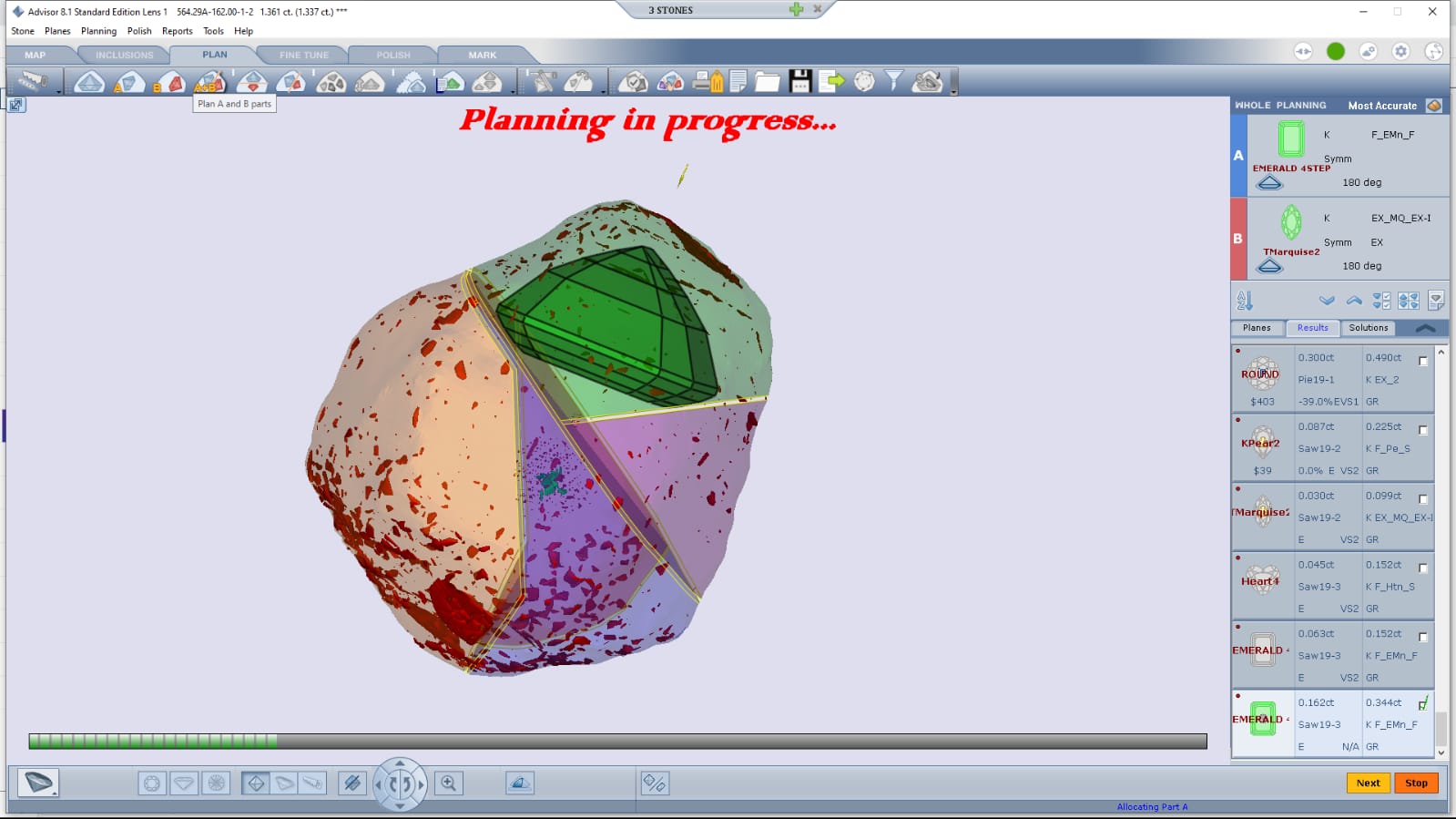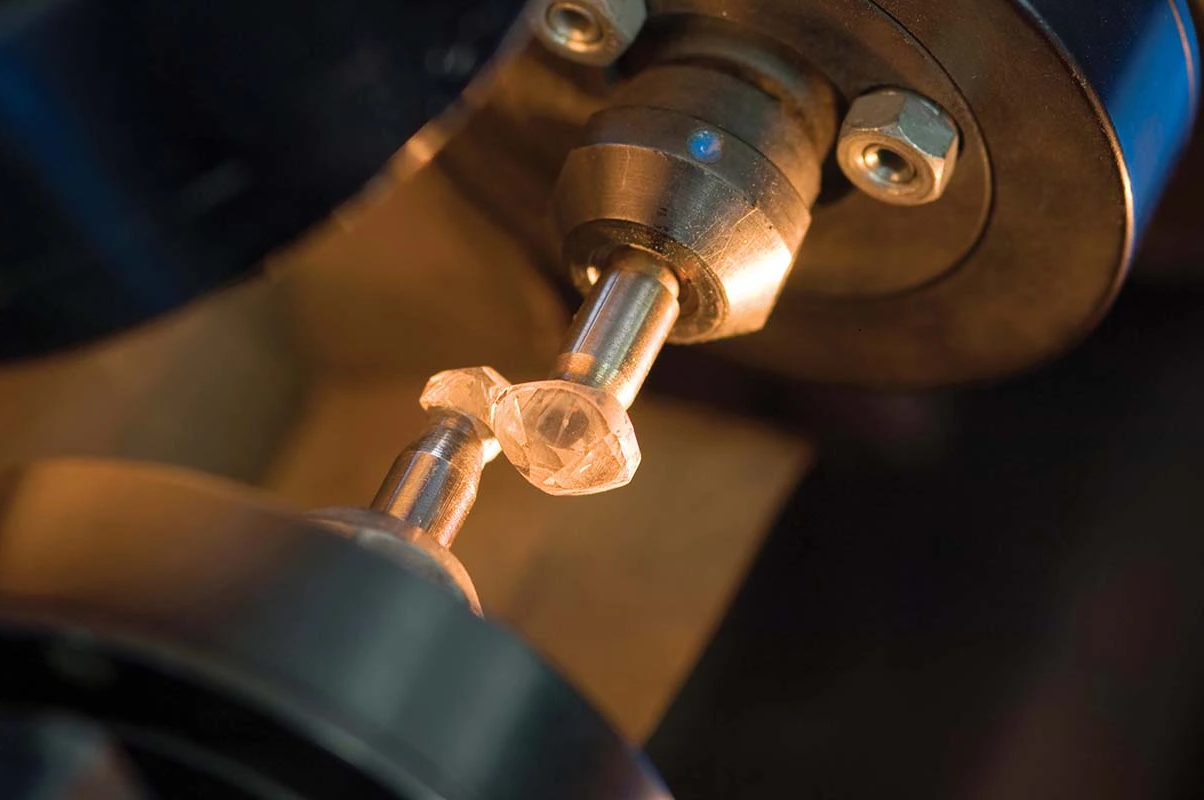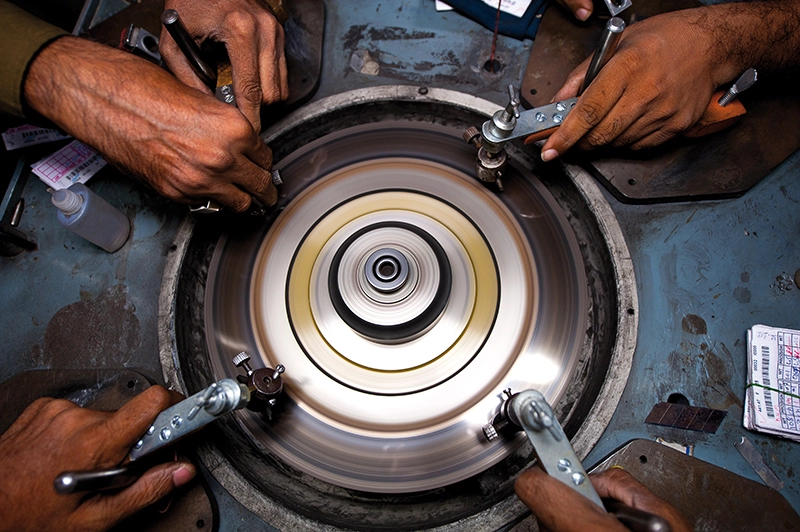

As the shipping charges for your delivery location is not available, we request you to kindly contact admin@diamondassure.com or call to proceed with the order.

The diamond's journey from the earth's core to its surface is an epic adventure and a narrative of incredible survival. Understanding how diamonds were formed would make you realize their existence is a miracle.
Diamonds have a phenomenal interior fire and brilliance that no other mineral has. When you cut a diamond, you can witness its history by each growth stage produced billions of years ago. A diamond is more than a stunningly gorgeous stone: it is a true piece of history and a tribute to overcoming adversity.
In the upper mantle, about 100 miles below the surface of the Earth, diamonds are formed. Diamond crystals cannot form on Earth unless there is a combination of high temperature and high pressure due to the weight of the surrounding rock pressing down.
The diamonds that are visible at the surface were released by a volcanic explosion that occurred deep under the surface. It's a unique eruption, long ago in Earth's history, and is believed to have been rather violent. The earth was most likely hotter during that time, which is why those eruptions were most likely more deeply ingrained. The diamonds that had already formed were then transported to the Earth's surface by these eruptions from the upper mantle. The diamonds are encased in a mound of volcanic material that formed when the eruption reached the surface and finally cooled. These are known as the Kimberlites, from which most diamonds are mined worldwide.
In the Kimberlite eruption, the diamonds are brought from the upper mantle to the surface of the Earth. This had to happen quickly or else they would have practically turned into graphite if they had been moving too slowly and for too long. They practically trapped themselves inside the diamond structure by moving swiftly.
And here begins the journey of a diamond from the surface to the polished sparkling stone:
 |
At the mine, each rough stone is scanned with cutting-edge technology to capture its distinctive characteristics. As the diamond travels through its journey, this starts an unbroken line of authentication that continues until its hidden shine is eventually unveiled. |
|
Depending on the size and unique characteristics of the rough diamond, there are countless ways to cut and polish it. With the growing technology, the diamond-cutting strategy will best reveal its hidden beauty and potential. This step also helps to verify the origin of the raw diamond being processed at every stage of the manufacturing process. |
 |
 |
A diamond is carefully cut out of the hardest material on earth, using a highly efficient laser saw. As the diamond is being planned, sawed, and polished; technologies are used to trace it and confirm its real identity. To ensure no mistakes along the way, a diamond is reviewed at each subsequent stage of processing. |
|
For you to be completely certain about the stunning natural diamond you chose, some algorithms check everything that it claims to be. These algorithms verify the uniqueness, planned proportions, and other distinguishing features – against the finalization of the polished plan. |
 |
 |
The process of polishing a diamond brings out its fire and light and is the end of the crafting process. The diamond is periodically scanned using high-tech equipment to make sure the diamond cutter is following the cutting plan. |